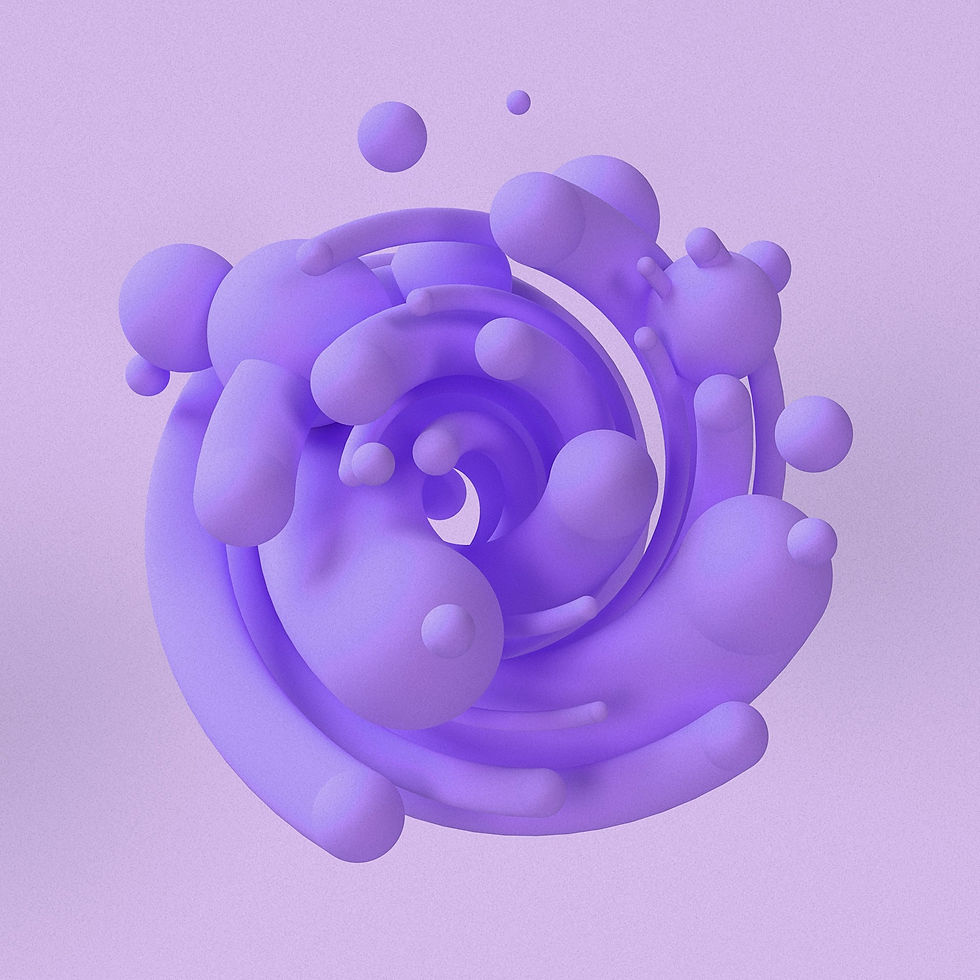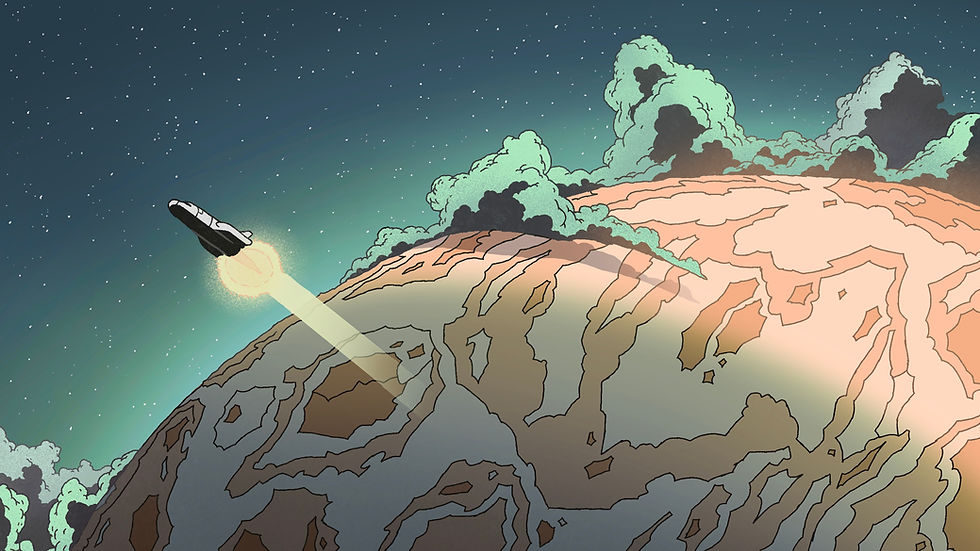The Perils of NFTs for Fine Art: Addressing Image Reuse & Illegal Prints
- Michal Plis

- Jul 19, 2023
- 5 min read
Updated: Aug 26

Non-Fungible Tokens (NFTs) have taken the art world by storm, offering artists a new way to monetize their digital creations. However, when it comes to selling fine art, caution is advised. In this article, we delve into the dangers of using NFTs to sell main artworks and explore why they might not be the ideal platform for this purpose.
Problem 1. The Dangers of Image Reuse

One of the significant drawbacks of using NFTs to sell main artworks is the potential for image reuse.
When an artist packages a high-resolution art image into an NFT encryption package and sells it on a marketplace, the buyer gains access to the original digital file.
This opens the door for unscrupulous individuals to misuse the image by repackaging it as NFTs on different NFT marketplaces repeatedly.
This results in the proliferation of unauthorized copies of the artwork, diluting its value and depriving the artist of the rightful recognition and compensation for their work.
Now we go to number 2 problem:
Problem 2. Illegal Prints and Copyright Infringement

In addition to image reuse, NFTs pose a serious risk of enabling illegal prints of the artwork.
Once a buyer possesses the high-resolution digital file extracted from the purchased NFT, they can easily reproduce the artwork in physical form without compensating the artist. There is tons of print on demand services.
These unauthorized prints not only erode the market for the original work but also infringe upon the artist's copyright, leading to lost revenue and diminished artistic integrity. Some would argue that even unauthorised prints as long as they are signed promote the artist more. But the question is who profits from that? The artist or only the business?
Illegal prints breach most countries copyright laws automatically applied to artists work. Most non famous artists don't have the resources to police the whole internet.
Limited Suitability for Main Artworks

Considering the dangers mentioned above, it becomes evident that NFTs are not the safest platform for selling main artworks.
Fine art is often unique, rare, and valuable, and it demands a secure and robust NFT ecosystem to protect its integrity.
NFTs, as they currently stand lack the necessary measures to prevent image misuse and copyright infringement adequately.
All NFT marketplaces would have to join together to create a joint illegal sale detection system capable of detecting artworks already on sale on another platform by verifying with seller. But the issue is complex and no clear direction exists. That is possibly possible with a universal global digital ID. But who will want a global ID?
As regards illegal prints, all the print on demand sites would also need to cooperate in verifying the real artist and detecting illegal reprints. That possible with a universal digital ID. But who will want to have a global ID?
The Potential Only Role of NFTs for Fine Artists at the moment

While NFTs might not be ideal for selling main artworks, they can still play a valuable role in supporting fine artists.
Secondary artworks such as digital or physical drawings, sketches, or supplementary materials related or not related to the main artwork can be safely sold via NFTs because the risk of losing the main bread and butter is a lot less. The same risks exist but you are less likely to lose your main source of income as it's auxiliary artworks and so forth. Basically artworks that arent main bread and butter of a fine artist and can be sacrificed for auxiliary sales.
Additionally, limited edition digital collectibles or behind-the-scenes content can provide fans with exclusive access while protecting the core value of the primary original artworks and legal prints.
The Need for Technological Advancements and Collaborative Efforts

For NFTs to become a viable option for selling main fine artworks in digital form, the technology needs to evolve.
Improved encryption methods, watermarking techniques, and robust intellectual property protection mechanisms must be implemented to safeguard artists' rights and the integrity of their creations. These implementations needs to be universally embraced across print on demand services as well as offline file manipulation as well as all the NFT marketplaces.
It almost dictates the need to have embedded detection mechanisms similar to banknotes detection mechanisms to prove their authenticity. Similar ideas needs to be implemented to advance NFT marketplaces to an advanced space.
Moreover, marketplaces must collaborate and enforce stringent guidelines to prevent the unauthorized reproduction of digital assets.
Printmaking platforms should also be proactive in preventing the creation and sale of illegal prints, ensuring artists receive fair compensation for their work.
Conclusion
In conclusion, NFTs offer an exciting opportunity for artists to explore new revenue streams and engage with their audience.
However, when it comes to selling main artworks, caution should be exercised due to the dangers of image reuse and illegal prints.
Until the technology matures and industry stakeholders unite to combat these issues, NFTs might not be the most suitable platform for fine artists. They are still suitable for mass produced repetitive digitally made artworks that have slide variations because they are sold in volume rather than the protection of their intellectual property. But I question whether such artworks are actually artworks if they are mass produced rather than scarce and authorized by the artist.
The Work of Art in the Age of its Reproducibility by Walter Benjamin is a great book, although a bit verbose and old school helps artists to grapple with originality versus reproduction. There's a lot of merit in reproduction while still retaining the originality or essence of the original artwork and allowing an artist to make an extra income. Just like books or movies are reproduced. But in this case this is not the issue. The issue is illegal reproduction without permission.
And that has grappled every industry in the creative space, such as for example, illegal movies sold or given on the online markets. The solution for that was streaming services both for music and for movies heading away now for books and audio books.
I wonder what solution they will have for visual artworks in the digital space to truly discourage illegal reproduction.
As the digital art landscape evolves, artists should weigh the benefits and risks carefully and adopt strategies that best protect their creative endeavors.
In my personal opinion, I will not be posting main artworks as NFTs anytime soon until the technology becomes more mature in its protections.
Regards
Michal Plis














